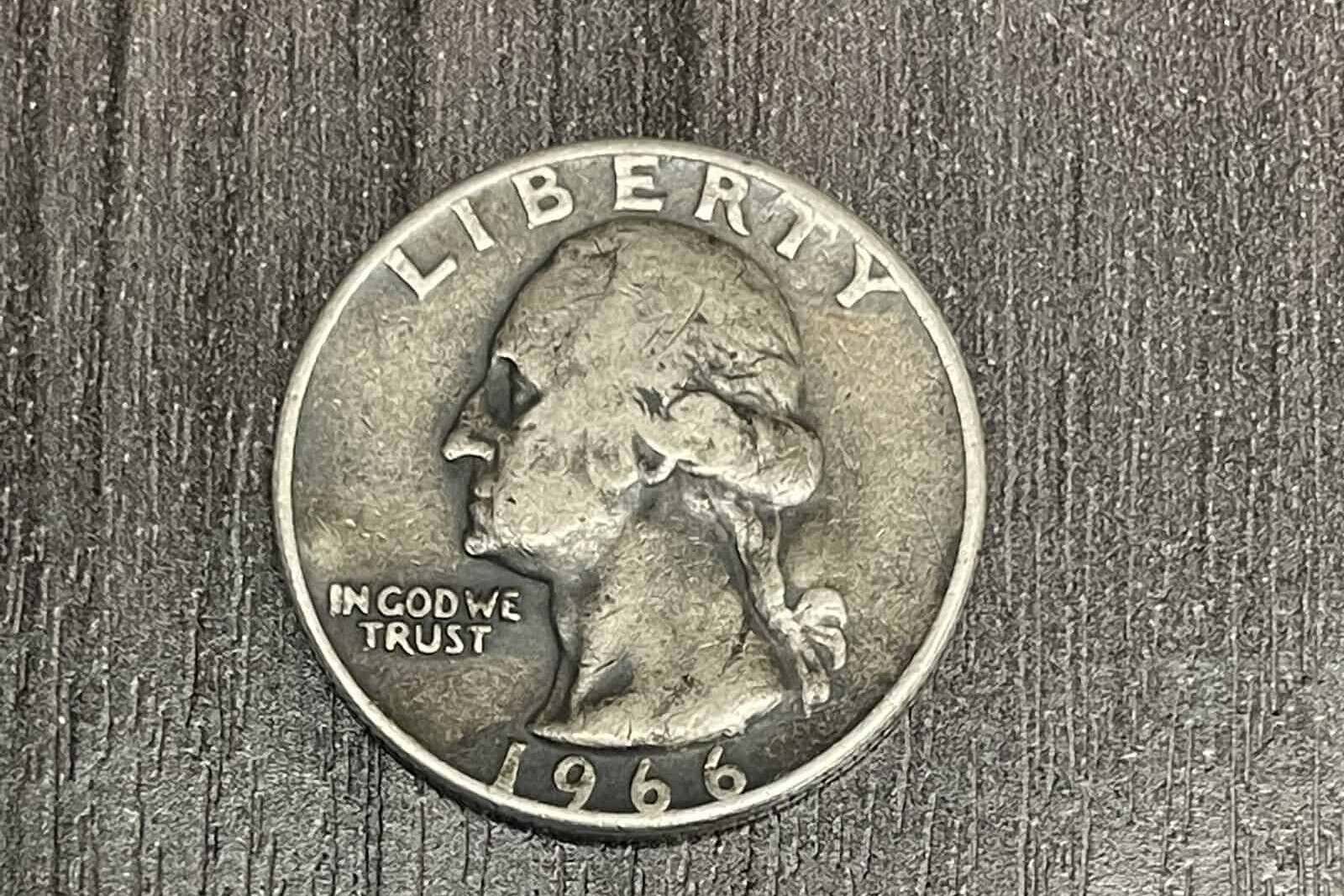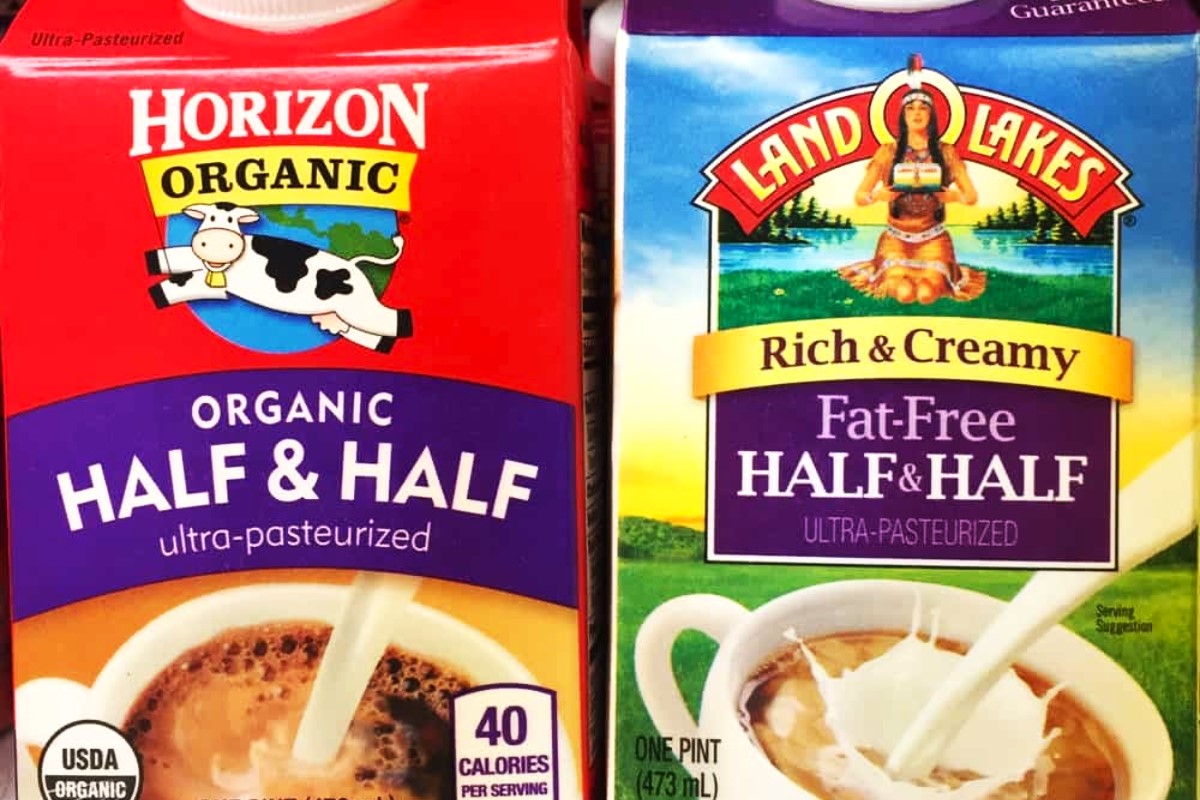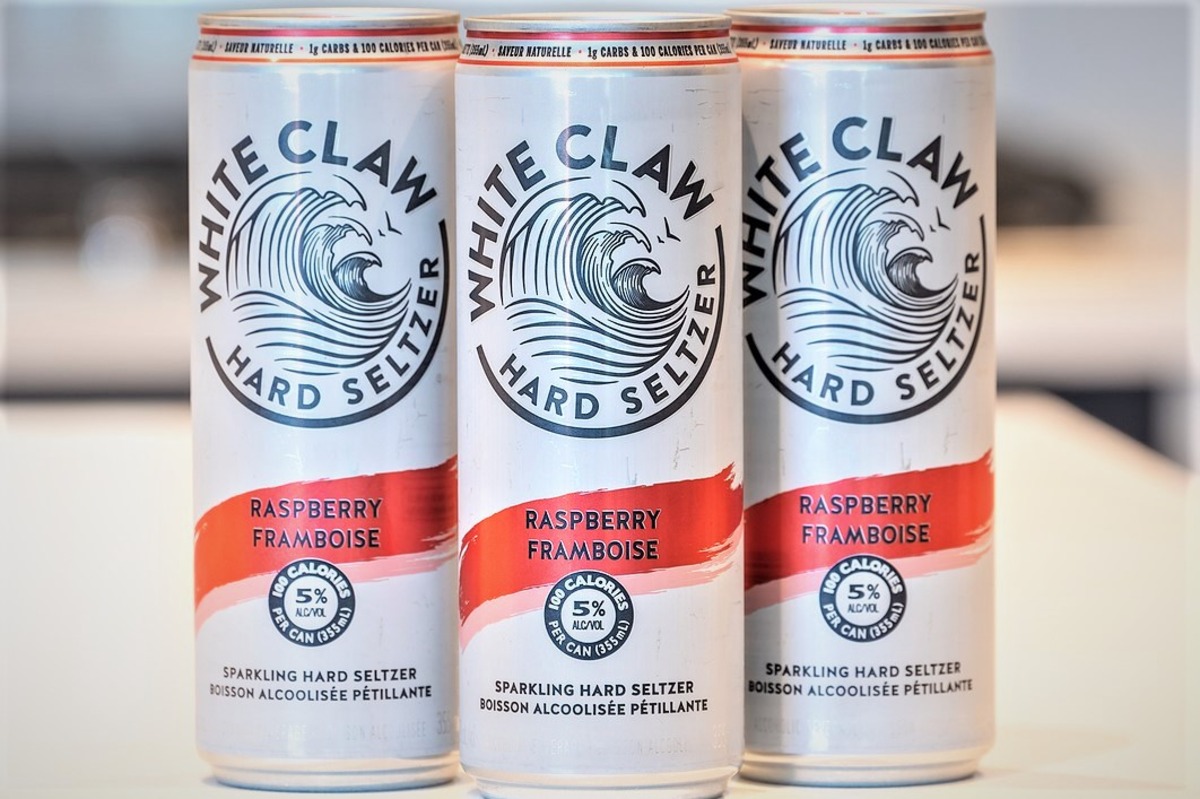Home>Science>The Surprising Reason Water Feels Icy Cold After Eating A Mint


Science
The Surprising Reason Water Feels Icy Cold After Eating A Mint
Published: January 27, 2024
Discover the science behind why water feels icy cold after consuming a mint. Uncover the surprising reason for this sensation and its fascinating scientific explanation.
(Many of the links in this article redirect to a specific reviewed product. Your purchase of these products through affiliate links helps to generate commission for Noodls.com, at no extra cost. Learn more)
Table of Contents
Introduction
Have you ever experienced that refreshing, icy sensation in your mouth after enjoying a mint? It's a curious phenomenon that leaves many of us pondering the science behind it. The surprising reason behind why water feels icy cold after eating a mint lies in the remarkable interaction between menthol, the active compound in mint, and the cold receptors in our mouths.
This intriguing sensation has captivated the curiosity of many, prompting a closer look at the intricate mechanisms that underlie this seemingly simple experience. As we delve into the science behind mint's cooling sensation, we will uncover the fascinating interplay of biological processes and chemical compounds that give rise to this delightful effect.
So, let's embark on a journey into the world of sensory perception and molecular interactions to unravel the mystery of why water feels icy cold after indulging in a mint. Through this exploration, we will gain a deeper appreciation for the complexities that govern our sensory experiences and the remarkable ways in which nature's compounds can elicit such profound effects on our perception.
The Science Behind Mint's Cooling Sensation
The cooling sensation experienced after consuming a mint is a result of a fascinating interplay between biological mechanisms and chemical compounds. At the heart of this phenomenon lies the active ingredient in mint known as menthol. Menthol, a cyclic terpene alcohol, is responsible for the characteristic cooling effect that accompanies the consumption of mints and mint-flavored products.
The sensation of cold triggered by menthol is not due to a decrease in temperature, but rather the activation of specific receptors in the mouth. These receptors, known as cold receptors or menthol receptors, are part of a class of sensory neurons called transient receptor potential (TRP) channels. The primary receptor involved in mediating the cooling sensation induced by menthol is TRPM8, also referred to as the cold and menthol receptor 1 (CMR1).
When menthol comes into contact with the oral mucosa, it binds to the TRPM8 receptors on the surface of the sensory nerve fibers, leading to a cascade of molecular events within the nerve cells. This binding triggers a series of signaling pathways that ultimately result in the activation of these cold receptors, conveying a signal of cold to the brain. As a result, the brain interprets this signal as a sensation of cold, despite no actual change in temperature occurring in the mouth.
Furthermore, menthol's interaction with the TRPM8 receptors leads to the depolarization of the nerve cells, generating electrical impulses that are transmitted to the brain. This neural transmission is integral to the perception of cold, as the brain processes these signals and interprets them as a cooling sensation, creating the illusion of lowered temperature in the oral cavity.
In addition to its interaction with cold receptors, menthol also modulates the activity of other ion channels and receptors, further contributing to its cooling effect. This multifaceted interaction underscores the complexity of the mechanisms underlying the perception of cold induced by menthol.
In essence, the science behind mint's cooling sensation revolves around the remarkable ability of menthol to activate cold receptors in the mouth, eliciting a perception of cold without actual temperature change. This intricate interplay between a natural compound and the sensory nervous system exemplifies the captivating synergy between chemistry and biology, offering a profound insight into the intricacies of our sensory experiences.
The Role of Menthol in Creating a Cooling Sensation
The sensation of cold triggered by menthol is a fascinating demonstration of the intricate interplay between a natural compound and the sensory nervous system. Menthol, a cyclic terpene alcohol found in mint plants, is the key player responsible for the characteristic cooling effect experienced when consuming mint-flavored products. This cooling sensation, often described as icy or refreshing, is a result of menthol's remarkable ability to interact with specific receptors in the mouth, ultimately leading to the perception of cold.
At the molecular level, menthol exerts its cooling effect by binding to a class of sensory neurons known as transient receptor potential (TRP) channels, specifically targeting the TRPM8 receptor, also referred to as the cold and menthol receptor 1 (CMR1). When menthol comes into contact with the oral mucosa, it initiates a molecular cascade by binding to the TRPM8 receptors on the surface of the sensory nerve fibers. This binding triggers a series of signaling pathways within the nerve cells, culminating in the activation of these cold receptors and the transmission of a signal of cold to the brain.
The activation of the TRPM8 receptors by menthol leads to the depolarization of the nerve cells, resulting in the generation of electrical impulses that are transmitted to the brain. This neural transmission is pivotal in the perception of cold, as the brain interprets these signals as a cooling sensation, creating the illusion of lowered temperature in the oral cavity. It is important to note that this perception of cold is not a result of an actual decrease in temperature, but rather a consequence of the neural signaling initiated by menthol's interaction with the TRPM8 receptors.
Moreover, menthol's influence extends beyond its interaction with cold receptors, as it also modulates the activity of other ion channels and receptors, further contributing to its cooling effect. This multifaceted interaction highlights the complexity of menthol's mechanisms in eliciting the perception of cold, underscoring the intricate interplay between a natural compound and the sensory nervous system.
In essence, the role of menthol in creating a cooling sensation revolves around its remarkable ability to activate cold receptors in the mouth, ultimately leading to the perception of cold without any actual change in temperature. This captivating interaction between menthol and the sensory nervous system offers a profound insight into the intricate mechanisms that govern our sensory experiences, shedding light on the profound effects that natural compounds can elicit on our perception.
How Menthol Interacts with the Cold Receptors in the Mouth
Menthol, the active compound in mint, elicits its characteristic cooling sensation by interacting with specific cold receptors in the mouth, orchestrating a remarkable cascade of sensory perception. At the heart of this interaction lies the transient receptor potential (TRP) channels, with the TRPM8 receptor playing a central role in mediating the cooling effect induced by menthol.
When menthol comes into contact with the oral mucosa, it binds to the TRPM8 receptors located on the surface of the sensory nerve fibers. This binding event triggers a series of molecular signaling pathways within the nerve cells, ultimately leading to the activation of the cold receptors. The activation of these receptors initiates a neural transmission of cold signals to the brain, despite no actual change in temperature occurring in the mouth.
The binding of menthol to the TRPM8 receptors leads to the depolarization of the nerve cells, resulting in the generation of electrical impulses that are transmitted to the brain. This neural transmission is integral to the perception of cold, as the brain interprets these signals as a cooling sensation, creating the illusion of lowered temperature in the oral cavity.
Furthermore, menthol's interaction with the TRPM8 receptors not only triggers the perception of cold but also modulates the activity of other ion channels and receptors, further enhancing its cooling effect. This multifaceted interaction underscores the complexity of the mechanisms underlying the perception of cold induced by menthol, highlighting the intricate interplay between a natural compound and the sensory nervous system.
In essence, the interaction between menthol and the cold receptors in the mouth represents a captivating demonstration of the profound effects that natural compounds can exert on our sensory experiences. By activating specific cold receptors and initiating neural signaling pathways, menthol creates the compelling sensation of cold, offering a fascinating insight into the intricate mechanisms that govern our perception of temperature.
The Interaction Between Menthol and Water
The interaction between menthol, the active compound in mint, and water yields a captivating interplay that contributes to the refreshing and icy sensation experienced after consuming a mint. When a mint is consumed, the menthol present in the mint becomes dissolved in the saliva, creating a solution that comes into contact with the oral mucosa. This interaction between menthol and the moisture in the mouth sets the stage for a remarkable sensory experience.
Menthol, being a hydrophobic compound, exhibits a unique behavior when in contact with water. Despite its hydrophobic nature, menthol has the ability to trigger a cooling sensation when it comes into contact with the moist surfaces of the mouth. This seemingly paradoxical effect can be attributed to the complex interaction between menthol and the sensory receptors in the oral cavity.
As menthol dissolves in the saliva, it disperses across the oral mucosa, where it comes into contact with the cold receptors, particularly the TRPM8 receptors, on the surface of the sensory nerve fibers. The presence of water in the oral environment facilitates the dispersion of menthol, allowing it to effectively interact with the cold receptors and initiate the signaling pathways that convey the sensation of cold to the brain.
Furthermore, the presence of water may enhance the solubility and diffusion of menthol, ensuring that it effectively engages with the TRPM8 receptors, thereby intensifying the perception of cold. This interaction between menthol and water amplifies the cooling effect, contributing to the pronounced sensation of cold that follows the consumption of a mint.
In essence, the interaction between menthol and water in the oral cavity sets the stage for the captivating sensation of cold that accompanies the consumption of mint products. The presence of water facilitates the dispersion and interaction of menthol with the cold receptors, ultimately enhancing the perception of cold in the mouth. This intricate interplay underscores the multifaceted nature of sensory experiences and offers a profound insight into the remarkable effects that natural compounds can elicit in conjunction with environmental factors.
The Perception of Cold After Eating a Mint
The perception of cold after eating a mint is a fascinating phenomenon that stems from the intricate interplay between menthol, the active compound in mint, and the sensory receptors in the oral cavity. When a mint is consumed, the menthol within it dissolves in the saliva, creating a solution that comes into contact with the oral mucosa. This interaction sets the stage for a remarkable sensory experience, as the menthol engages with the cold receptors, particularly the TRPM8 receptors, on the surface of the sensory nerve fibers.
As menthol disperses across the oral mucosa, it binds to the TRPM8 receptors, initiating a cascade of molecular events within the nerve cells. This binding triggers signaling pathways that convey a signal of cold to the brain, despite no actual change in temperature occurring in the mouth. The activation of the TRPM8 receptors by menthol leads to the depolarization of the nerve cells, resulting in the generation of electrical impulses that are transmitted to the brain. As a result, the brain interprets these signals as a cooling sensation, creating the illusion of lowered temperature in the oral cavity.
Furthermore, the presence of water in the oral environment facilitates the dispersion of menthol, allowing it to effectively interact with the cold receptors and intensify the perception of cold. This interaction between menthol and water amplifies the cooling effect, contributing to the pronounced sensation of cold that follows the consumption of a mint.
In essence, the perception of cold after eating a mint is a result of the remarkable ability of menthol to activate cold receptors in the mouth, eliciting a sensation of cold without any actual change in temperature. This captivating interaction between menthol, sensory receptors, and environmental factors offers a profound insight into the intricate mechanisms that govern our perception of temperature and exemplifies the remarkable effects that natural compounds can elicit on our sensory experiences.
Conclusion
In conclusion, the surprising reason water feels icy cold after consuming a mint lies in the remarkable interplay of biological processes and chemical compounds that give rise to this delightful sensation. The science behind mint's cooling effect revolves around the interaction of menthol, the active compound in mint, with the cold receptors in the mouth. Despite no actual change in temperature, the perception of cold is evoked through the activation of specific sensory neurons and the transmission of signals to the brain, creating the illusion of lowered temperature.
Menthol's ability to bind to the TRPM8 receptors and initiate neural signaling pathways underscores the intricate mechanisms that govern our sensory experiences. Furthermore, the interaction between menthol and water in the oral cavity amplifies the cooling effect, contributing to the pronounced sensation of cold that follows the consumption of mint products. This multifaceted interplay highlights the profound effects that natural compounds can elicit in conjunction with environmental factors, offering a deeper understanding of our sensory perception.
By unraveling the science behind mint's cooling sensation, we gain a newfound appreciation for the complexities that govern our sensory experiences and the captivating synergy between chemistry and biology. This exploration not only sheds light on the remarkable effects of natural compounds on our perception but also exemplifies the intriguing interplay of molecular interactions and sensory perception.
Ultimately, the surprising reason water feels icy cold after eating a mint serves as a testament to the wondrous intricacies of the natural world and the profound impact of seemingly simple experiences on our sensory perception. It invites us to marvel at the captivating interplay of molecules and sensory neurons, offering a glimpse into the remarkable mechanisms that underlie our perception of temperature.














